IRA Recharacterization Strategy
If you contributed to a traditional IRA and realized it should have been a Roth IRA contribution instead, recharacterization may be the fix.
Presented by: Ben Murphy, CPA, PFS™, CPFA®
Traditional and Roth IRAs offer great benefits, but knowing which of these retirement savings vehicles to use (and when) can be confusing. If you change your mind or made a mistake with your IRA contribution, a characterization may be the solution. Here’s an overview of what a recharacterization is and the IRS requirements for recharacterizing IRA contributions.
What is an IRA contribution recharacterization?
Contribution recharacterization involves changing the initial designation of a contribution from one type of IRA to another—that is, switching a traditional IRA contribution to a Roth IRA contribution or vice versa.
Examples of why a characterization might be needed:
- If you made an annual contribution to your traditional IRA and then realize you should have made a Roth IRA contribution instead.
- You made a contribution to a Roth IRA and want to recharacterize it as a traditional IRA contribution in order to claim a tax deduction on the amount.
- If you’re ineligible to receive a deduction on a traditional IRA contribution, you may decide you’d be better off putting that amount into a Roth IRA, assuming your income doesn’t fall outside the phaseout limits.
- If you made contributions to your Roth IRA and your income increases to an amount above the phaseout limits.
When considering an IRA Recharacterization strategy, there are many factors to consider, including potentially significant tax implications.
Calculating earnings
When recharacterizing, you’re responsible for calculating and reporting any earnings, or negative earnings, on the recharacterized amount, according to an IRS formula:
Net Income = Contribution x (Adjusted Closing Balance – Adjusted Opening Balance) ÷ Adjusted Opening Balance
This calculation isn’t necessary if you’re recharacterizing the full amount of the contribution
and no other money has been transferred into or out of the account. For instance, if you were to recharacterize all of a $5,000 Roth IRA contribution to a traditional IRA contribution—assuming that no other transactions had taken place within the Roth IRA and no other contributions had been made to the account—you wouldn’t need to perform the calculation.
You have until your tax-filing deadline, including extensions, to recharacterize an IRA contribution. If you file your return on time, you will receive an automatic six-month extension to recharacterize the contribution.
Roth conversions are no longer eligible for recharacterization
In the past, you could use a recharacterization to undo or reverse a previously processed Roth conversion. That is no longer the case. With the Tax Cuts and Jobs Act of 2017, the IRS no longer allows Roth conversion contributions processed on or after January 1, 2018, to be recharacterized.
What’s the best move?
As you can see, there are many factors to consider, including potentially significant tax implications, when deciding whether to recharacterize IRA funds. Be sure to seek the advice of a tax professional or reach out to our office to determine the best strategy for your situation.
This material has been provided for general informational purposes only and does not constitute either tax or legal advice. Although we go to great lengths to make sure our information is accurate and useful, we recommend you consult a tax preparer, professional tax advisor, or lawyer.
Ben Murphy is a financial advisor located at Global Wealth Advisors 601 N. Marienfeld, Suite 322, Midland, TX 79701. He offers securities and advisory services as an Investment Adviser Representative of Commonwealth Financial Network®, Member FINRA / SIPC, a Registered Investment Adviser. Financial planning services offered through Global Wealth Advisors are separate and unrelated to Commonwealth. He can be reached at (325) 207-5772 or at info@gwadvisors.net.
© 2025 Commonwealth Financial Network®
Latest News
How much does college really cost?
April 2, 2025
How Much Does Your Bracket Pick Really Cost? We hope you're just as excited as we were for this year’s March Madness Tournament and finally getting down to F...
READ MORE...Big News for Retirees: Social Security Fairness Act Repeals WEP and GPO
March 27, 2025
If you or your spouse have worked in both the public and private sectors—or if you’re currently drawing a government pension—there’s important news that...
READ MORE...Managing Taxes on Your Investments
February 19, 2025
Presented by Scott Portlock CFP®, CLU® When it comes to your money, it’s not what you earn, it’s what you keep. Here are some ideas that may help le...
READ MORE...Loading...






